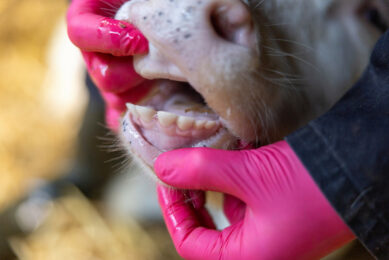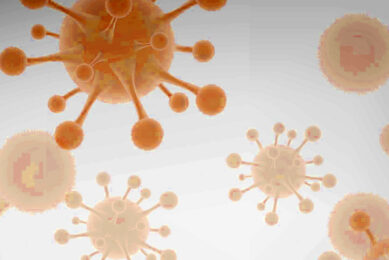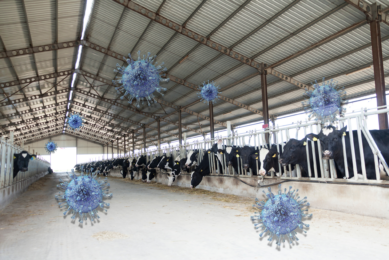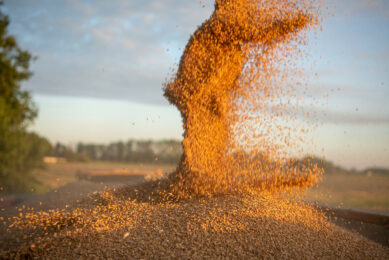Tech to boost cow health on New York dairy farms
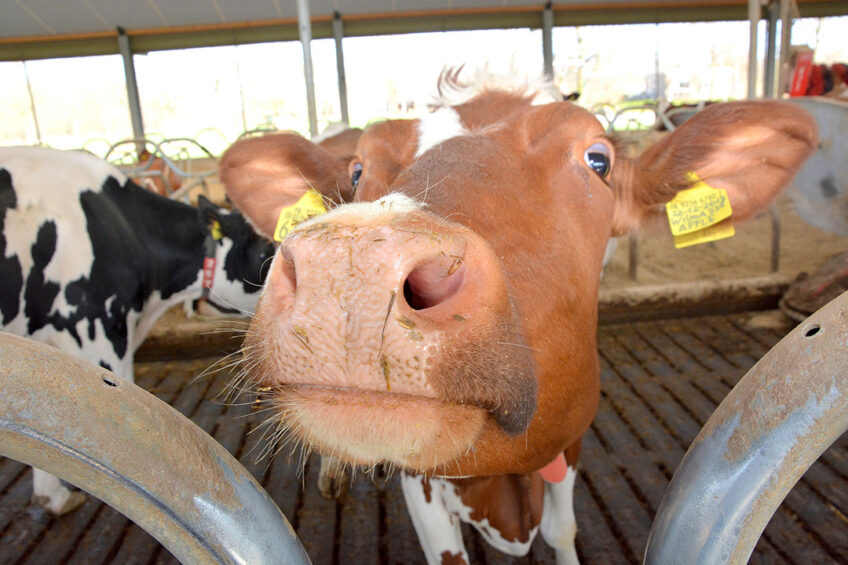
Technology that can identify sickness and diseases in dairy cattle is being tested via a joint project set to help dairy farmers in New York state.
Diseases in dairy cows cost New York farmers millions of dollars per year in lost production and result in extra costs for treatments, labour and culling. Keeping a personal close eye on the behaviour of dairy cows is an excellent management tool to monitor herd health, but due to a lack of labour, sick cows are being missed.
Tracking cow health problems
This is why the use of Automated Health Monitoring (AHM) systems could be a real benefit to these farmers. However, there is currently not much research available to guide farmers through the maze of various technologies that are available.
Using sensors, AHM systems are able to track cow behaviour and physiology and detect potential health problems. They are being used on an increasing number of farms around the world with excellent results.
In order to help New York farmers understand the technology and test their effectiveness, the New York Farm Viability Institute is funding a project with Dr Julio Giordano at Cornell University.
The New York Farm Viability Institute is a non-profit grant-making organisation that runs a competitive grant programme seeking to fund agricultural research and education projects that will create and share knowledge to improve the economic viability of New York’s farmers.
More profitable dairy
Its goal is to help New York farmers become more profitable and improve the long-term economic viability and sustainability of the state’s farms, the food system, and the communities which they serve.
In this particular project, researchers will test AHM systems’ effectiveness compared to a non-intensive health monitoring systems that are employed at dairy farms. In particular, the project will compare AHM systems to the conditions of dairy farms that lack labour, time, or both, for proper cow monitoring.
The project also seeks to fill a major dairy industry knowledge gap by training farm healthcare technicians, extension educators, professionals, and students at SUNY colleges and Cornell University on the use of AHM.
In hands-on workshops delivered in English and Spanish, participants will learn how to use and maximise the value of AHM tools.
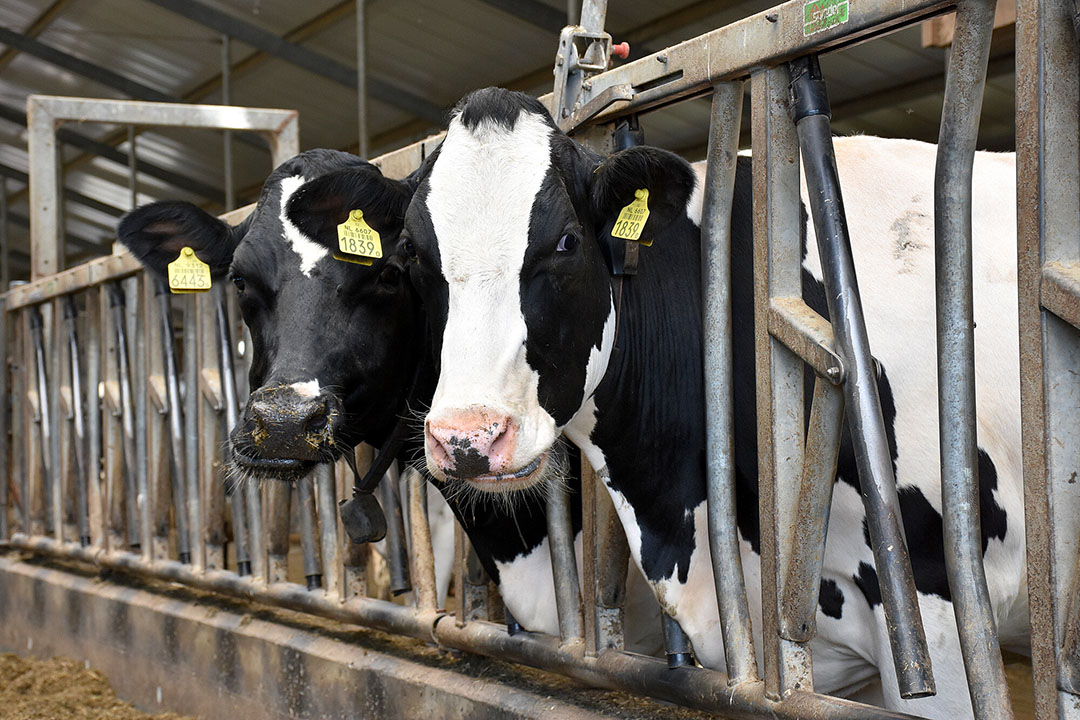
Herd management challenges
Cornell University professor and project leader, Julio Giordano, said: “We are excited to roll out this project aimed at addressing some of the most pressing herd management challenges for commercial dairy farms in New York.
“We will use automated health monitoring technologies to improve cow health while reducing labour needs and cow disruption. We will test and demonstrate the value of automated monitoring systems for farms that struggle to identify cows that need treatments or interventions due to lack of time or personnel.
“To foster adoption and better use of automated monitoring technologies, our on-farm training programme for cow healthcare technicians will help current and future users of technology be more proficient and feel more comfortable with their operation and value for herd management.
“Ultimately, this project will benefit dairy farms by improving the health and productivity of dairy herds and helping farm personnel use technology more effectively,” he said.
Join 13,000+ subscribers
Subscribe to our newsletter to stay updated about all the need-to-know content in the dairy sector, two times a week.



